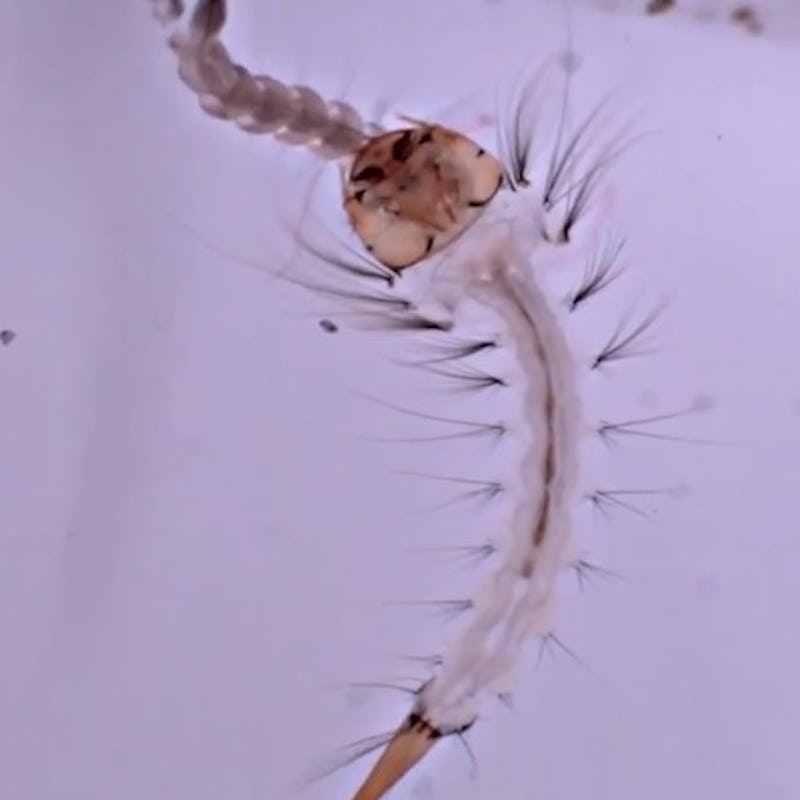Mosquito vs mosquito
Watch: Cannibal mosquito larvae eat their cousins on camera
The ultimate survival tactic: Eat the competition.
Updated:
Originally Published:

The predator, Sabethes cyaneus, is one of a few mosquito species known to eat other mosquitoes.
Larval mosquitoes typically eat bits of algae and bacteria found in their watery habitats as they grow, but some prefer a more meaty diet.
Writing this week in the journal Annals of the Entomological Society of America, researchers used high-speed cameras to document the predatory behaviors of Sa. cyaneus and two other species.